As an EOS® Implementer, I’ve talked to a lot of business owners about their team meetings. And not a lot of them have much good to say.
They always go too long. One person takes the air out of the room every time. We never solve the problems we set out to solve.
I consider all of these red flags when you’re trying to build a healthy team and an effective system for doing business. If you resonate with any of the above statements, something needs to change.
The EOS® Level 10 Meeting (or L10) sets out to correct bad meetings through IDS—Identify, Discuss, and Solve the issues at hand. It’s the most important part of any meeting, and it’s where the magic happens.
Here are a few insider tips and tricks for a great IDS session.
What is EOS® IDS?
IDS stands for Identify, Discuss, and Solve. It’s the way every issue should be addressed, every time. In the EOS® ecosystem, IDS (also known as the Issues-Solving Track in EOS®) plays a part in weekly, quarterly, and annual meetings. It’s a more efficient way of solving problems that
- eliminates politicking.
- solves real issues forever.
- saves you and your team time and money.
Let’s break IDS down even further.
1. Identify
Identifying the issue can take as much time as you need it to take, as long as the issue is one of the most important issues facing your company and is the actual issue (more on that later).
Begin with an issue statement. For example, “We did not sell enough of our new product last month.” Open the floor for clarifying questions. How much did we sell? How much did we need to sell?
The stated issue is rarely the real issue. The more you ask questions and dig deep, the issue isn’t that your company didn’t sell enough. The issue could be that you don’t have a large enough sales team to sell the projected amount. Or the purchase link on your website was broken for an extended period of time.
Think of it like the symptoms of a cold. The issue isn’t the sneezing, stuffy nose, or cough—the issue is you have a cold, and you need cold medicine and vitamin C to feel better. The root issue you’re trying to solve may have multiple symptoms but one cause.
There are three types of issues in IDS:
- A problem to be solved
- Information to be shared
- An idea or opportunity to bring to the table
Once you’ve identified the root issue, it’s time to discuss.
2. Discuss
Most teams spend the majority of their time here—sometimes that’s a good thing, sometimes that’s a bad thing. If you understand the issue you’re trying to solve, discussing it productively is a great thing to do. But if you find yourself doing any of the following, you may not be discussing effectively:
- One or more people keep repeating the same thing.
- People are telling stories about how the issue is affecting them.
- One person is doing most of the talking.
- You have not identified the real issue, so you are talking around the issue.
If any of the above is happening, don’t be afraid to suggest a solution. It forces others to react and talk about the solution. For our example above, you could suggest, “Let’s have Bill run a capacity forecast to see who we need to hire on our sales team next,” or “Let’s schedule weekly website checks so broken links don’t go unnoticed.”
Say everything you have to say about the issue—just once. Then, move to solve.
3. Solve
Solving the issue means the solution becomes an action item for someone to do. In a weekly meeting, these are usually 7-day solves. Some issues are 90-day solves, and those issues usually become Rocks.
Your to-do list is the next step of your L10 agenda and the final step of IDS. There are three types of to-dos that solve your issue:
- The issue is solved and requires action (ex., Bill will send an email today about the sales numbers.)
- Everyone is aware of the issue and the solution (ex., everyone agrees that another salesperson should be hired.)
- The issue needs more research or facts (ex., Bill will gather the sales reports from last week.)
Make your solution a statement, like the examples included above.
With any issue, you can either live with it, end it, or change it. Your solve should help you do one of those three.
Solve Issues the Smart Way
I’ve helped companies solve five issues and I’ve helped others solve 50. Don’t let the sheer number of issues your company may have intimidate you. Start with the three most important ones.
The ones preventing you from getting your best work done. Or opportunities for growth and learning that your team is missing out on.
EOS® IDS is the secret to successful meetings—now and for years to come.


